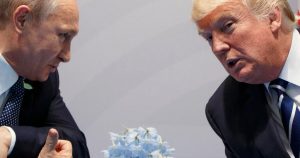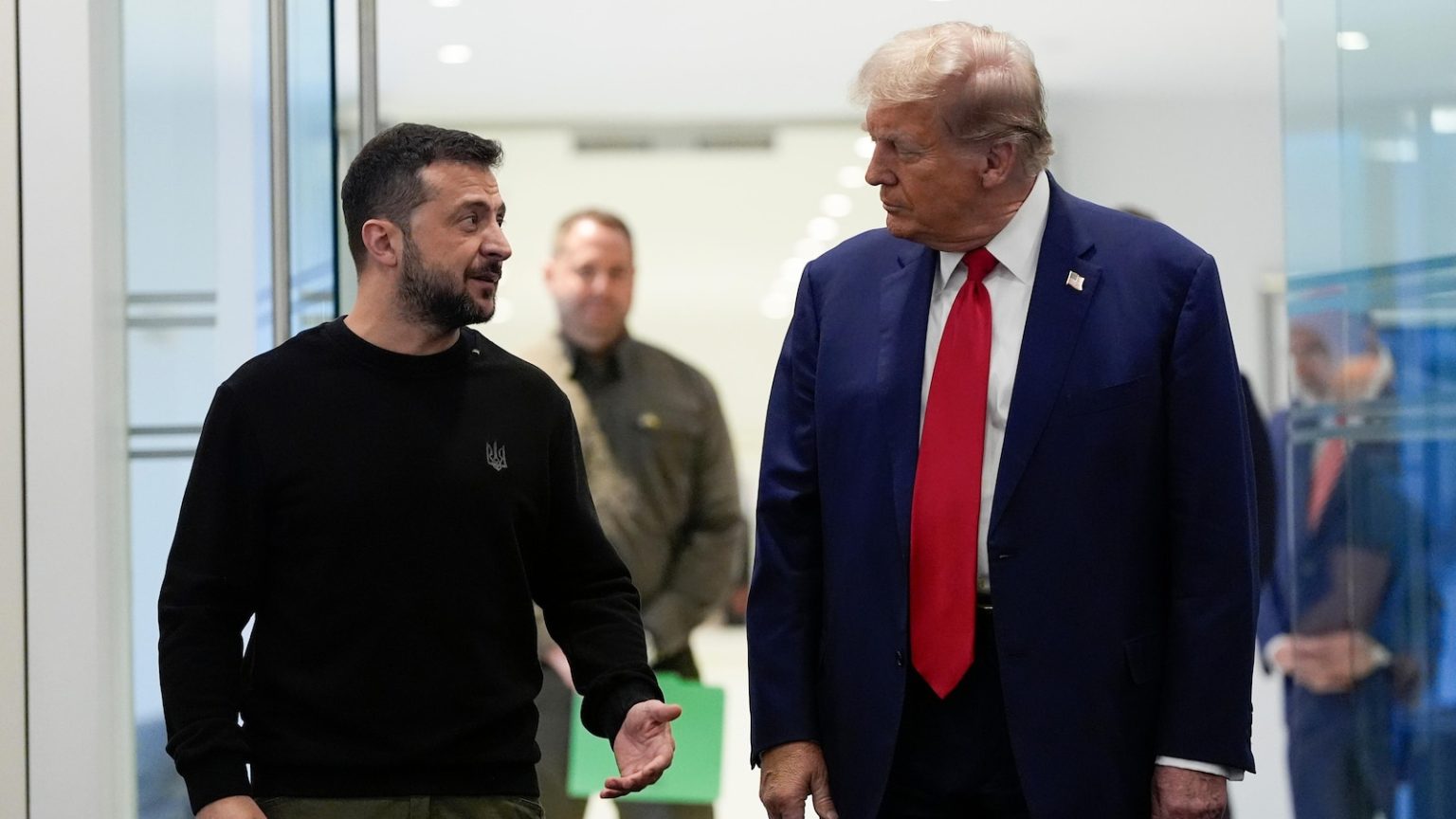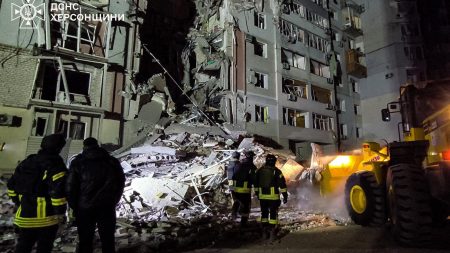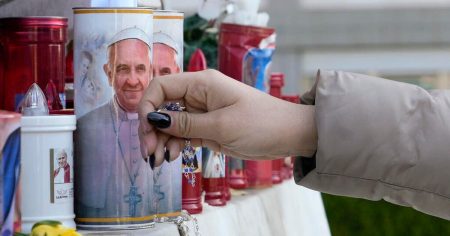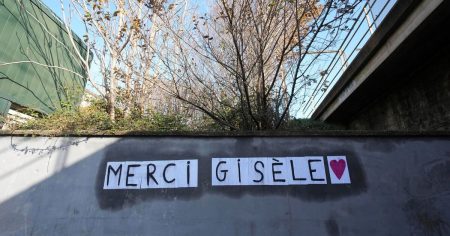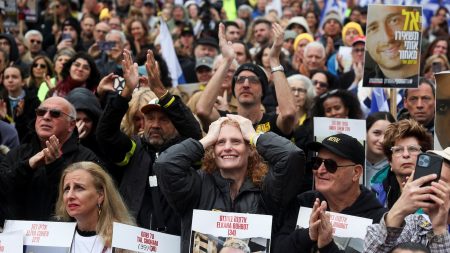The Shifting Landscape of Ukraine’s Path to Peace
As Ukraine approached the three-year anniversary of Russia’s full-scale invasion, the country’s prospects for achieving a favorable and lasting peace were dramatically upended. For years, Ukraine had relied on steadfast support from its allies in the United States and Europe, which provided critical military and financial aid to counter Moscow’s relentless aggression. However, a series of events triggered by the administration of U.S. President Donald Trump sent shockwaves through Kyiv and European capitals, raising fears that the Western alliance to contain Russia was beginning to unravel. The sudden shift in U.S. policy left war-weary Ukrainians feeling sidelined and anxious about their future, as they watched their most powerful ally appear to reevaluate its commitment to their cause.
The Trump-Putin Call and Its Aftermath
The catalyst for this dramatic turn of events was a 90-minute phone call between Trump and Russian President Vladimir Putin. The two leaders agreed to begin negotiations to end the war in Ukraine, a move that was celebrated in Russia but met with alarm in Kyiv. Ukrainian President Volodymyr Zelenskyy had repeatedly warned that excluding Ukraine from any peace talks would be “very dangerous,” as it could result in a deal that compromised Ukrainian sovereignty and territorial integrity. Trump followed the call with Putin by speaking to Zelenskyy, but the message from Washington was mixed. U.S. Defense Secretary Pete Hegseth publicly downplayed the possibility of Ukraine joining NATO, a crucial security guarantee Kyiv had long sought, and suggested that Ukraine should abandon hopes of reclaiming all its territory. This stance aligned uncomfortably close to Moscow’s position, leaving Ukrainians feeling betrayed and vulnerable.
European Leaders Scramble for Clarity
The Munich Security Conference in Germany provided the first opportunity for European leaders to engage with the new Trump administration and gain insight into its approach to the war. However, the encounter left many stunned and concerned. Senior U.S. officials, including Vice President JD Vance, criticized European nations, sent mixed signals about support for Ukraine, and implied that Europe would not have a seat at the negotiating table for any peace talks. In a highly anticipated meeting with Zelenskyy, Vance was told that Ukraine required security guarantees before engaging in any talks with Moscow. Zelenskyy also revealed that he had instructed his ministers not to sign a U.S. proposal granting access to Ukraine’s rare earth minerals, a move that a senior White House official dismissed as “short-sighted.” The lack of clarity and mixed messages from Washington spurred European leaders, led by French President Emmanuel Macron, to rally support for Ukraine and coordinate a unified response to the emerging crisis.
A Potential European Intervention and U.S.-Russia Talks
Amid growing concerns that U.S. support for Ukraine was wavering, a group of European countries began quietly exploring a plan to deploy troops to Ukraine to enforce any future peace settlement with Russia. Meanwhile, U.S. and Russian officials met in Riyadh, Saudi Arabia, for talks that deliberately excluded Ukraine and its European allies. The meeting marked a dramatic shift in U.S. foreign policy, as Washington appeared to pivot toward cooperation with Moscow. While U.S. officials maintained that the discussions were focused on assessing Russia’s commitment to a peace deal, Zelenskyy dismissed the talks as futile without Ukrainian participation. He even postponed a planned visit to Riyadh to avoid any perception of linking his trip to the U.S.-Russia meeting. The exclusion of Ukraine from these negotiations deepened Kyiv’s sense of isolation and mistrust.
Trump’s Provocative Rhetoric and Its Fallout
The deteriorating relationship between Trump and Zelenskyy reached a new low as the U.S. president escalated his rhetoric, blaming Ukraine for starting the war and criticizing Zelenskyy for delaying elections due to the invasion. These remarks, which Zelenskyy described as Russian-originated “disinformation,” sparked outrage in Ukraine and among its allies. Trump’s inflammatory comments, including a social media post labeling Zelenskyy a “dictator,” further strained the relationship. Zelenskyy accused Trump of living in a “Russian-made disinformation space” and called on his team to “be more truthful.” Despite these tensions, there was a glimmer of hope for diplomacy when Trump’s special envoy for Ukraine and Russia, Ret. Lt. Gen. Keith Kellogg, arrived in Kyiv for discussions with Zelenskyy. Kellogg’s visit was seen as an opportunity to ease tensions, but the cancellation of a planned news conference following his meeting with Zelenskyy suggested that the path to understanding remained fraught.
The Rare Earth Minerals Dispute and Ongoing Uncertainty
The dispute over rare earth minerals emerged as a contentious issue, with Trump expressing frustration over Ukraine’s refusal to accept a U.S. proposal that offered no specific security guarantees. Trump dismissed a recent visit by U.S. Treasury Secretary Scott Bessent to Kyiv as “a wasted trip” and continued to berate Zelenskyy, even as his national security adviser, Mike Waltz, expressed confidence that the Ukrainian leader would eventually sign the deal. Zelenskyy, however, remained steadfast in his demands for security assurances, a position that underscored the deepening mistrust between Kyiv and Washington. As the situation continued to unfold, one thing became clear: the road to peace in Ukraine had become more uncertain than ever, with the U.S., Europe, and Russia pulling in different directions. The fate of Ukraine—and the stability of the region—hung precariously in the balance.
